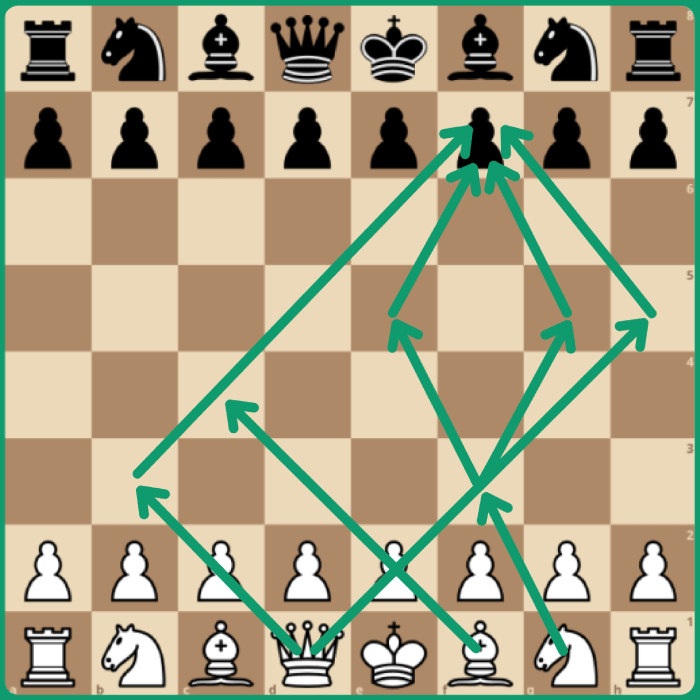 Author: IM John Donaldson
Author: IM John Donaldson
143 Pages. Summit Publishing, 1991
Get it for under $10 on Amazon!
Note: I may receive a commission on products purchased through Amazon links on this page. Thanks for your support!
What’s in a game collection?
Now in my 20th year of teaching chess, more than ever I’m convinced most improving players bite off way more than they can chew. I’m no exception.
This applies to every area of chess, especially in selecting a coach or choosing which instructional materials to study.
Game collections are always popular with chess fans; Irving Chernev and Fred Reinfeld mostly built their repuations as authors with their books of highly instructive, well-annotated games.
Well-annotated, but not too well annotated!
There are plenty of game collections with dense notes by grandmasters, backed up with computer analysis … but do these “correct” books actually help most readers improve their play?
There’s nothing wrong with grandmaster commentary … but their notes are often written for very strong players. In the United States, only 2-3% of tournament players have ratings over 2000. I suspect things are similar in most countries.
Don’t be fooled by the title
How to Win Quickly at Chess is yet another example that the author makes a chess book, not the subject matter!
John Donaldson (born 1958) is an International Master (1983) and FIDE Senior Trainer (2020) who has captained the U.S. (Open) Olympiad team since 1986. He’s written dozens of books on all phases of the game, including a number of historical works. I could have justifiably included him in my Great Chess Authors series, and in hindsight maybe I should have.
Miniature collections can be fun, but often feature “gimmicky” chess and lack instructional value. Not this one!
Donaldson defines a “miniature” as a game that ends in under 21 moves, and gives 76 examples, one to four pages each, in these chapters:
Introduction
Chapter One: History Repeats Itself [games 1-9]
Chapter Two: King Pawn [games 10-28]
Chapter Three: Queen Pawn [games 11-48]
Chapter Four: English and King’s Indian Attack [games 49-57]
Chapter Five: Perpetuals [games 58-70]
Super Short Games [games 71-76]
Bibliography
Chapter One features games where multiple victims fell pray to the same (or nearly the same) opening pitfalls.
Chapters Two, Three, and Four feature miniatures divided by opening family; within each chapter, the games are sorted by ECO code.
Chapter Five features short games drawn by repetition or perpetual check. There are a couple of well-known examples, but most you are not likely to have seen.
Super Short Games is just what it sounds like; included is the backstory to the infamous Zapata—Anand game from Biel 1988.
How to Win Quickly at Chess is not a must-buy, but it is a fine modern game collection for the improving player. At 2000+, I myself picked up some useful ideas. Leave the dense tomes behind; get easy-to-read volumes like this one by serious authors that contain excellent instructional content.
Recommended!
